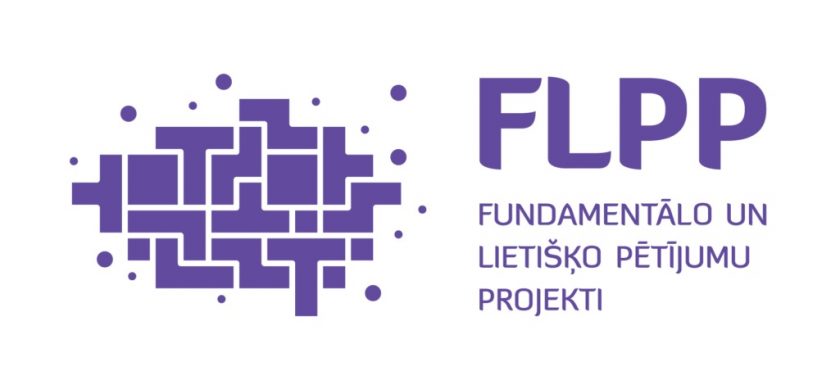AI-based analysis of multi-static UWB-IR radar signals for non-destructive estimation of materials and structure (MIRSA)
No. lzp-2020/2-0270
Ultrawideband impulse radio (UWB-IR) radar technology is an emerging technology in the different fields such as indoor positioning, healthcare applications, security, non-contact material property measurements, etc. Most notably UWB-IR has the potential for non-contact, non-destructive material and structure estimation, where dielectric properties, size or shape of layers can be determined. UWB-IR radar transmits and receives very short impulses, typically, in the sub-nanosecond scale. If UWB impulse is directed at an object, its material and structure can be estimated from impulse propagation properties by analyzing information in reflected and propagated through signals. The acquired UWB-IR signals complexity grows with the number of irregularities of shape or layers, increasing demands of signal processing. Accuracy of the detection of the materials and structures can be increased if multiple-receiver radar or multi-static (MS) radar is exploited. Due to complicated multi-path propagation in the multi-layer media use of traditional mono-static radar and conventional signal processing do not provide an acceptable solution to the problem. In the multi-static system use of Artificial Neural Network (ANN) can give the necessary result since ANN has proved their value in object classification tasks.
Aim of the project: Development of a knowledge basis for the processing of multi-static ultra-wideband impulse radio radar signals using a deep learning approach in combination with conventional signal pre/post-processing methods.
Project objectives:
- Adjustment of MS-UWB-IR radar signal model that describe passing of the UWB-IR signals through a layered media of various configurations and can be used to generate correct synthetic ANN training data sets.
- Development of signal pre-processing methods based on multidimensional representations (timefrequency, time-scale etc.), signal decomposition, combining of reflected from and propagated trough media signals to ensure improved accuracy and/or reduced complexity of the ANN-based analysis.
- Research for favorable ANN architecture (RNN/LSTM, PCNN, transformers, CNN, etc.) and its enhancement for optimal (precision, complexity, etc.) estimation of object material and structure.
- Adjusting of existing mono-static MS-UWB-IR radar to bi-static and multi-static systems and validation of developed concept by experimental results.





